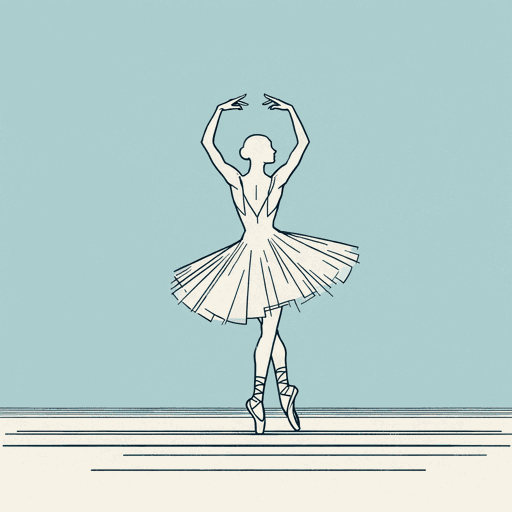42 pages • 1 hour read
Modris EksteinsRites of Spring: The Great War and the Birth of the Modern Age
Nonfiction | Book | Adult | Published in 1989A modern alternative to SparkNotes and CliffsNotes, SuperSummary offers high-quality Study Guides with detailed chapter summaries and analysis of major themes, characters, and more.
Preface-Act 1Chapter Summaries & Analyses
Preface Summary
In the Preface to Rites of Spring, Modris Eksteins states that the book’s subject is “death and destruction”; however, the book is also about “becoming” and the great changes that can take place within human consciousness (xiii). Eksteins titled his book after Igor Stravinsky’s “iconoclastic” ballet of 1913, The Rite of Spring, which featured a “celebration of life through sacrificial death”; similarly, Eksteins seeks to “capture the spirit of the age” by focusing on cultural achievements (xiv). This spirit, he argues, is found both in “a society’s sense of priorities” and in its response to war, avant-garde art, and other symbols of modernity (xiv).
The war, a clash between up-and-coming industrial and military giant Germany and Britain, “the major conservative power of the fin-de-siècle world,” was “an opportunity for both change and confirmation” (xv). The post-first world war consciousness gave rise to the “motif of liberation”—one that prevails in obsession during the postmodern age in which the book was written (xv). Here and throughout his book, Eksteins argues for “a sibling relationship” between military destruction and creativity and emergence (xvi).
Eksteins documents his perceptions on the seismic events at the beginning of the 20th century as “a drama, with acts and scenes, in the full and diverse sense of those words” (xvi).


